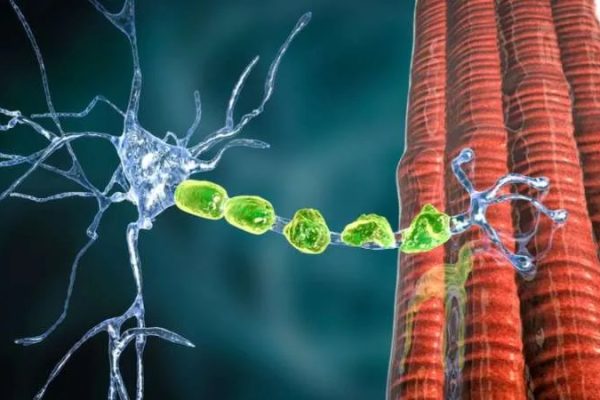If you are thinking about jumping on the cannabis bandwagon, you may be wondering how cannabis works. To understand this, you must learn how the endocannabinoid system (ECS) functions. This system regulates different bodily processes like mood, appetite, and memory. When you visit a CBD website, you will know that cannabinoids like CBD and THC are the primary components of cannabis. These cannabinoids interact with your endocannabinoid system. While THC produces a high-feeling related to cannabis use, CBD doesn’t have psychoactive effects.
Understand the Endocannabinoid System in the Body
Cannabis has a lot of beneficial properties. The way it interacts with the body is quite complex. The ECS is one of the systems the substance interacts with. This biological system is composed of endocannabinoids, which bind throughout your body and your brain. It maintains balance or homeostasis in your body by regulating different functions like appetite, mood, immune response, sleep, and pain.
The Impact of Cannabis on the ECS
Cannabis interacts with your ES by binding the receptors that endocannabinoids bind. This affects the response of the body and offers therapeutic effects. Cannabis contains CBD, THC, and other cannabinoids to help decrease pain and inflammation, regulate mood, and improve sleep. It is thought that ECS plays an important role in a lot of various diseases and studies are currently exploring the possible therapeutic benefits of the plant on the ECS.
Once consumed, the cannabinoids in cannabis bind to CB1 and CB2 receptors found in your brain and the immune system respectively. Once the binding happens, cannabinoids produce endocannabinoids in your body. This helps restore balance and homeostasis, relieving pain, decreasing inflammation, and improving mood. Also, research demonstrates that cannabis can improve cognitive functioning, help with addiction, and decrease anxiety and depression.

How THC Interacts with Your Endocannabinoid System
THC is the active component in cannabis that heavily influences the ECS. This component binds to the ESC’s CB1 and CB2 receptors and activate the cells, releasing neurotransmitters. When this happens, bodily responses will occur including relaxation, appetite changes, and pain relief. The cannabinoid interaction leads to euphoric effects related to the use of cannabis. This can promote a sense of euphoria, relaxation, and changed perception of space and time. For some people, THC can also offer pain relief.
How CBD Interacts with the ECS
Although THC binds to cannabinoid receptors. CHD affects the ECS indirectly. CBD influences the cannabinoid receptors’ activity, particularly CB1 and CB2 receptors. Instead of binding to the receptors, CBD influences their function. It can change the receptors’ activity and shape without binding to them directly. Such an impact can change how other cannabinoids like THC interact with both receptors.
In addition, CBD activates receptors such as TRPV1, which regulates pain perception, body temperature, and inflammation. Also, it acts on serotonin receptors and influence anxiety, mood, and stress feels. As it impacts such receptors, CBD offers the human body therapeutic effects.
Moreover, CBD improves the effects of endocannabinoids, which is the naturally produced cannabinoids of the body. It inhibits the enzymes that break down endocannabinoids, letting them stain in the body for a long time. Such interaction helps maintain ECS balance and harmony contributing to overall well-being.
The ECS and Terpenes
Cannabis interacts with the human body through terpenes, which bind to the receptors that cannabinoids bind. Such an interaction lets terpenes influence the impacts of some cannabinoids like CBD and THC in the body.
Aside from influencing the impacts of cannabinoids, terpenes also make different ECS interactions. For instance, they can influence some neurotransmitters that help regulate the response of the body to stress. Also, they can affect bodily pain and inflammation through an interaction with the ECS.






